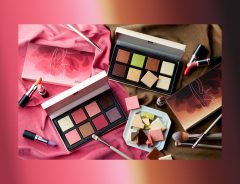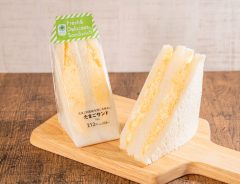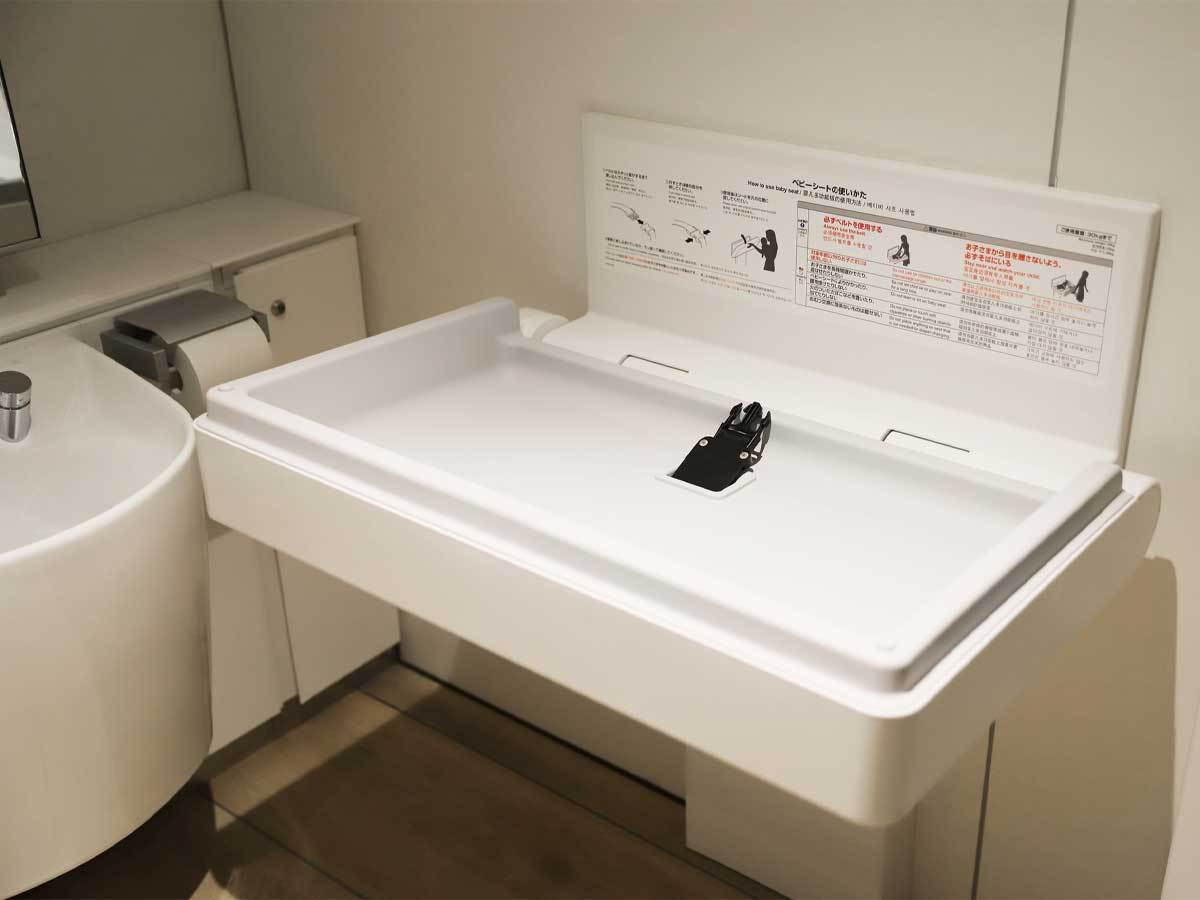- Tags:
- accessible toilet / bad manners / changing room / complaint / Costume / Halloween / Makeup / multipurpose toilet / SDGs
Related Article
-

Luxury Japanese inn: Rent out an entire kominka house built 400 years ago in the Sengoku Period
-

Chocolatier Sébastien Bouillet expands makeup theme with Shadow Palette for Valentine’s 2021
-

Good Good Mart sells eco-friendly bento boxes & tumblers made of bamboo dust & coffee grounds
-

AIGRA kimono pattern earrings made with sustainable materials opens new website
-

Japanese convenience store FamilyMart makes its sandwiches better inside and out
-

Japanese Pop Stars And Music Groups Converge For Perfect Halloween 2016 Event



Accessible toilets are installed in train stations, commercial facilities, and other places where many people come and go.
They are intended to provide access to wheelchair users, people with young children, and other users whose needs may not be fully met by conventional restrooms.
Therefore, out of consideration for their intended users, it's only common sense that accessible restrooms should be used appropriately.
Two girls in Halloween costumes...
On October 30th, Twitter user by 妻bot tsumabotto (@vip_sugar) posted a complaint regarding accessible restrooms which became a topic of discussion online.
Last weekend, she tried to use an accessible restroom at a station to change her young child's diapers. Unfortunately, it was occupied. Of course, although inconvenient, that in itself wasn't a problem. There are very few accessible restrooms usually, so it's only natural that they would be occupied. There was a problem, however, in how long she was made to wait and why.
Finally, after more than a half hour, two girls whom she imagined to be of high school age came out of the restroom all made up in elaborate Halloween costumes.
Although some people have Halloween parties at home, in recent years, major urban areas in Japan such as Shibuya in Tokyo have become famous as gathering spots where young people congregate to wear costumes, take photos, meet up with friends, gawk at revelers or just join in the fun.
The girls probably used the accessible restroom because they did not have any place where they could change into their costumes.
However, that doesn't change the fact that accessible restrooms are designed for wheelchair users and people with young children. For people who would normally be able to use a standard bathroom to occupy an accessible restroom at length just to put on makeup or change into Halloween costumes is a lack of consideration.
Tsumabotto ended her complaint by saying: "Accessible restrooms aren't makeup rooms!"
In a separate tweet, she also said that she had witnessed people taking naps in the nursing rooms of commercial facilities.
"I want to see a world where people who really need (such facilities) can use them when they need them," she explained.
Her tweets elicited numerous responses, such as:
In its revised Transportation Accessibility Improvement Law, Japan's Ministry of Land, Infrastructure, Transport, and Tourism has advised changing the Japanese term 多目的トイレ (tamokuteki toire | "multipurpose restroom").
Since many people have been using them inappropriately, バリアフリートイレ (bariā furī toire | barrier-free restroom) is now being promoted as a replacement term.
Hopefully, this change will make it clearer to the general public who the intended users of these important facilities truly are.